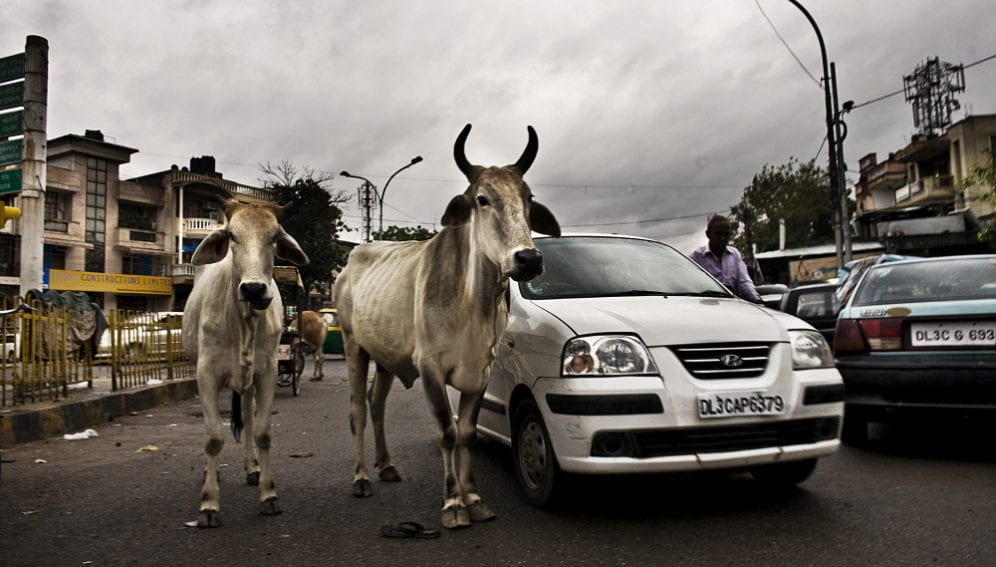By: Anita Makri
Send to a friend
The details you provide on this page will not be used to send unsolicited email, and will not be sold to a 3rd party. See privacy policy.
There’s something incongruous about travelling for several hours by at least three modes of transport to attend a conference about sustainable cities in the middle of the countryside.
But the International Conference on Urban Regeneration and Sustainability held this week near Siena, Italy, promised substantial presence from the developing world and a diverse programme covering sustainability from the technical to the political through the work of architects, scientists and engineers.
Irene Moreno Millan, coordinator of the event which is organised by the UK’s Wessex Institute of Technology and the University of Siena, tells me that this isn’t atypical. There’s funding for sustainability and environmental issues in the developing world these days, she says.
Notably, several delegates from Malaysia and South Africa were linked to government — sometimes an elusive aim, even for larger meetings.
I found there was a refreshing absence of grand narratives of mega cities and global urbanisation trends which are, understandably, the undercurrent of many discussions about cities and sustainability. Here there was a focus on case studies — and so a chance to discover gems of insight from local research.
On the first day, what jumped out was a link between solid waste management and child education. A small study by Vincent Nakin, of Walter Sisulu University, and colleagues, which included interviews with 30 people living around a waste dump in South Africa’s O.R. Tambo district municipality in the Western Cape area, found that children often run away from school to scavenge the site for raw materials that they can sell.
There was a refreshing absence of grand narratives of mega cities and global urbanisation trends which are, understandably, the undercurrent of many discussions about cities and sustainability.
Anita Makri
In another session, Malaysian civil engineer Muhd Fadhil Nuruddin talked about research into using microwave-incinerated rice husk ash to reduce the cement content – and so the carbon footprint – of concrete. There is several years worth of research into this, he said, but commercialisation hinges on convincing an often conservative construction industry.
But perhaps the most provocative contribution came from a PhD student whose talk was tucked away at the very end of the second day. In an energetic presentation Shilpi Singh said urban issues are a relatively recent academic interest in India — and went on to question whether planning as currently done in parts of the country is the way to create sustainable cities.
Singh, from the Jawaharlal Nehru University in New Delhi, focused on the example of gated communities in the city of Gurgaon, where she says a divide between the ‘old’ underdeveloped settlements and a ‘new’ area with high-security high-rises could be seen as the latest manifestation of social segregation. Such developments flout existing planning laws, she explained — and as a result they restrict mobility, privatise public land and services, exclude people of a certain class and attract informal, unpaid and underage employment.
I asked Singh whether the lack of urban research that she pointed to early in her talk is part of the problem. Up until the late 1970s, she says, practically every development plan in the country focused on villages, then seen to embody Indian identity. So, looking back, one finds very little literature to guide urban planning in an Indian context.
She tells me that urban studies as a field has only started growing in the past decade or so. But what’s mainly emerging is in the social-political and cultural side of things. Understanding of “planning as planning”, in the more technical sense, is still to be worked on.
“You compensate by reading up on literature [from] across the world.” But this is limited, she says. “India has its own specific identities. Caste plays a very dominant role — so you cannot pick up something that talks about class and race as main factors… and put it up in India where caste and religion become the main factors. The context becomes very different and you need to look at the [local] specificities.”














